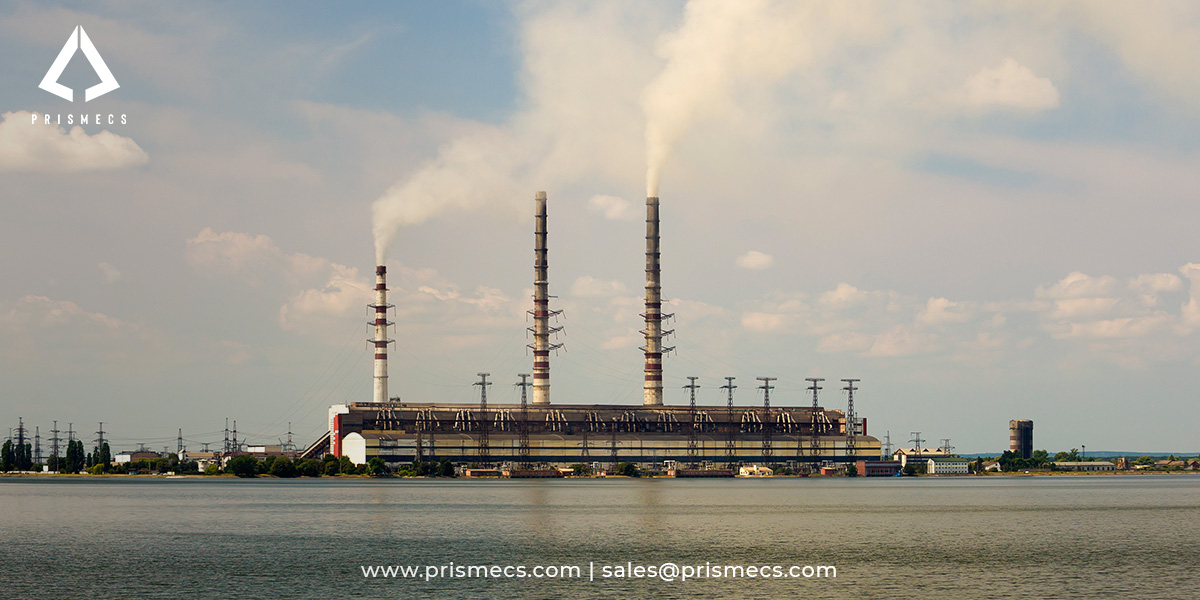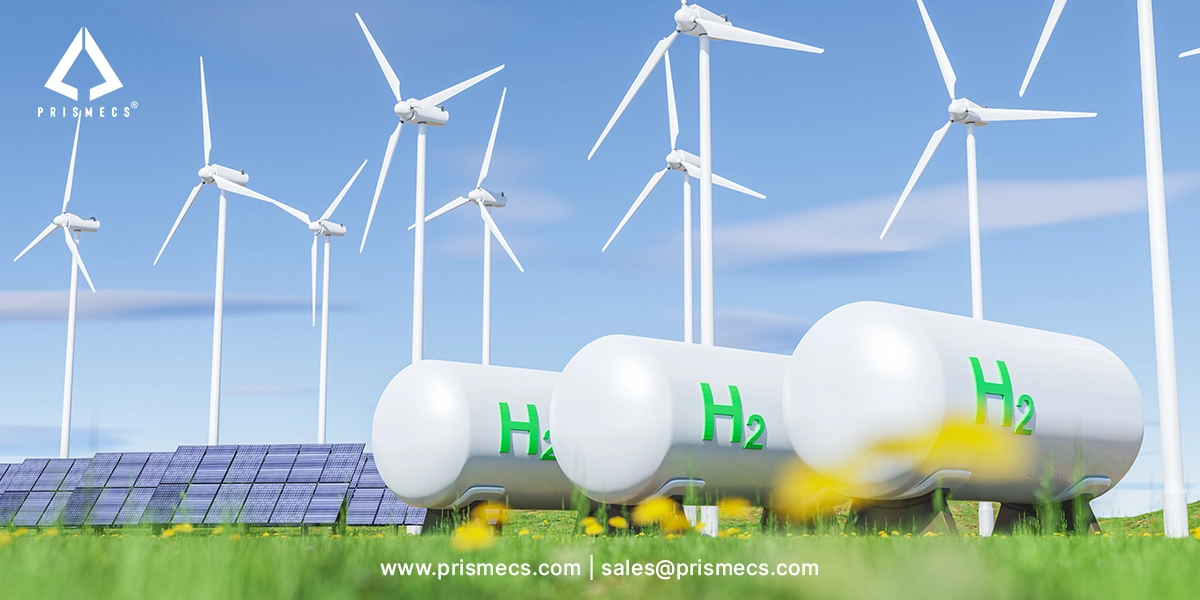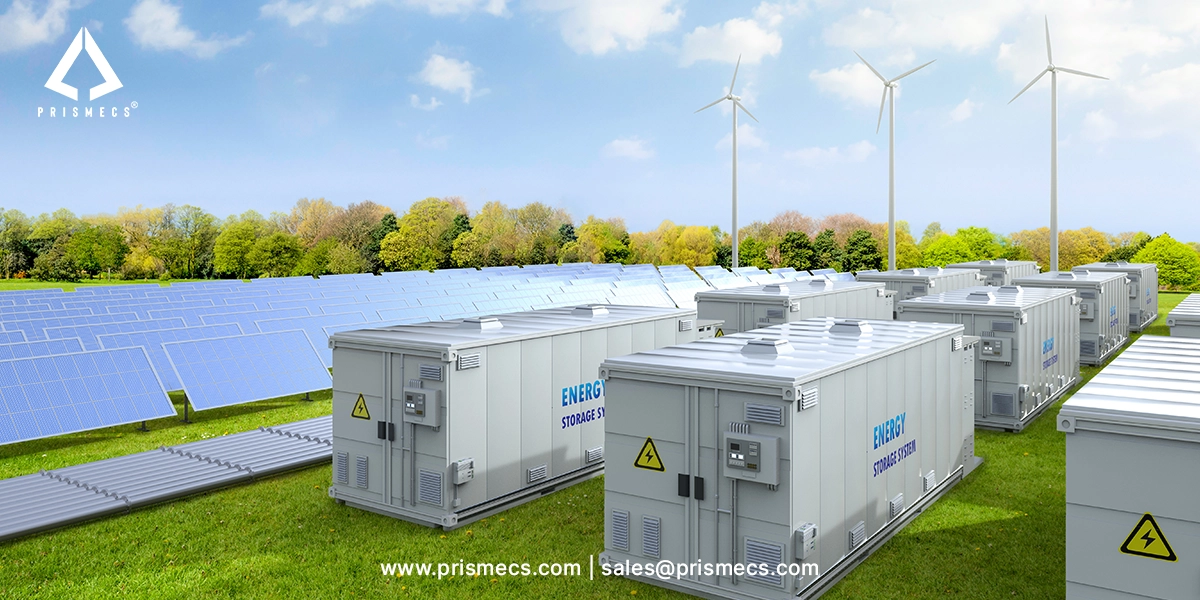
The world demands clean and sustainable energy as it continues to grow. The search for viable renewable resources is becoming increasingly critical. Geothermal energy, derived from the Earth's heat, is gaining substantial attention. It meets our energy needs while minimizing environmental impact.
However, there is a debate surrounding the true nature of geothermal energy: Is it genuinely renewable? In this blog, we will delve into the world of geothermal power. We will discuss its origins, extraction methods, environmental impact, and overall sustainability. Ultimately, we aim to provide a comprehensive understanding of geothermal energy and highlight its renewable characteristics.
What is the main source of Geothermal Energy?
Geothermal energy harnesses the heat generated from the Earth's core. A renewable resource relies on the constant heat flow from the planet's interior. The Earth's core contains molten rock, known as magma, and generates immense heat through the process of radioactive decay. Geological processes transfer this heat energy to the Earth's surface, creating a consistent and abundant source of power.
How Do Geothermal Power Plants Create Renewable Energy?
Geothermal power plants utilize advanced technologies to extract the Earth's heat, tapping into this sustainable and clean energy source. As one of the most efficient renewable energy sources, geothermal energy provides a continuous method for generating electricity with minimal environmental impact. These systems operate similarly to solar energy and wind energy technologies, promoting global energy savings and reducing dependence on natural gas.
Types of Geothermal Power Plants
Primarily, three types of geothermal power plants exist: dry steam, flash steam, and binary cycle plants. Each operates on unique principles, but their shared goal is to generate electricity through the Earth's natural heat.
Geothermal electricity plays a crucial role in sustainable energy production, supporting global geothermal energy development initiatives. The Department of Energy actively promotes these technologies for efficient heating systems and reliable renewable energy sources.
Dry Steam Power Plants
High-pressure steam is directly extracted from underground reservoirs to drive turbines and produce electricity. These plants significantly contribute to geothermal electricity generation by directly harnessing the Earth's natural steam. They are also adaptable for district heating networks, delivering both power and heat to nearby facilities.
Flash Steam Power Plants
These systems use hot water extracted from underground reservoirs and convert it into steam by reducing pressure. The steam then drives turbines, resulting in consistent energy savings by utilizing naturally available heat.
Binary Cycle Power Plants
These plants utilize a ground loop and a heat exchanger system. The hot water from underground heats a secondary fluid with a lower boiling point. This secondary fluid evaporates and drives the turbines for electrical generation, releasing no harmful gases.
Geothermal Systems and Energy Efficiency
Modern geothermal systems match Energy Star-rated systems. They show high efficiency in heating and cooling applications. The heat and cool process in geothermal technology is both cost-effective and environmentally responsible. These systems circulate heat through a ground loop. They provide energy savings year-round. They heat buildings in winter and cool them in summer.
Supporting a Sustainable Future
By integrating geothermal systems alongside solar energy, wind energy, and other renewable energy sources, industries and communities can achieve long-term clean energy goals. Unlike fossil fuels such as natural gas, geothermal power plants continuously generate electricity without combustion or carbon emissions.
This combination of electrical generation, energy savings, and low emissions makes geothermal energy a reliable and sustainable source of energy. It contributes significantly to a greener planet.
What are the Environmental Impacts of Using Geothermal Energy?
Geothermal energy offers numerous environmental benefits, making it an attractive renewable energy option. It stands out among various types of renewable energy sources because of its reliability, energy efficiency, and minimal environmental impact. As an energy resource, it reduces dependence on electric heating and fossil fuels. Many industries are now integrating geothermal systems into their industrial processes and district heating systems to enhance sustainability and reduce air pollution.
Low Greenhouse Gas Emissions
Firstly, geothermal power plants produce minimal greenhouse gas emissions. Fossil fuel-based power plants release significant amounts of carbon dioxide and other pollutants during electricity production. Geothermal power plants emit virtually no greenhouse gases.
This makes them one of the cleanest energy technologies available today. Additionally, geothermal systems support heat pump systems and air conditioners that operate efficiently while being environmentally friendly. These systems reduce emissions and energy waste, promoting a cleaner and greener future.
Reliable and Consistent Energy Production
Moreover, geothermal energy is not dependent on external factors such as sunlight or wind. This reliability makes it a constant and stable source of energy production. Unlike solar panels and wind turbines, which rely on weather conditions, geothermal energy ensures a steady power output. This stability helps maintain grid stability and reduces the need for backup power sources.
Enhanced geothermal systems (EGS) further improve this reliability by accessing deeper heat sources, ensuring a consistent energy supply. These enhanced geothermal technologies expand the potential of geothermal power, making it viable even in regions with limited natural reservoirs.
Efficient Heating and Cooling Solutions
One of the most practical applications of geothermal energy lies in heating and cooling systems. Ground Source Heat Pumps use geothermal heat from the earth to provide geothermal heating in winter. They provide efficient cooling systems in summer.
These systems significantly improve energy efficiency while lowering overall operational costs. For residential and commercial properties, geothermal systems are cost-effective alternatives to traditional HVAC systems.
Minimal Land Usage and Environmental Footprint
Another significant benefit of geothermal energy is its small land footprint. Builders can construct geothermal power plants vertically. This design allows them to occupy a relatively small area compared to solar panels or wind turbines.
This feature makes geothermal energy an excellent choice for regions with limited space availability. Most developers build geothermal facilities underground. They help preserve natural landscapes and provide sustainable heating and cooling options.
Sustainability of Geothermal Energy
Geothermal energy has long been regarded as a sustainable and renewable source of energy. Natural geological processes continuously replenish the Earth's internal heat, ensuring a constant and clean power supply. Geothermal systems harness heat directly from the Earth. They release no large amounts of carbon dioxide (CO2) or other pollutants, unlike the burning of fossil fuels.
Although geothermal energy is renewable, its sustainability depends on responsible resource management and conservation. Proper control of energy system operations ensures geothermal sites remain productive without harming the environment.
Importance of Responsible Resource Management
Overextraction of heat from geothermal reservoirs can lead to depletion and a decrease in power output over time. Continuous pumping of water into geothermal wells helps maintain reservoir pressure and extend the lifespan of these resources. Therefore, careful monitoring and proper engineering practices are essential to ensure the long-term viability of geothermal power plants.
Furthermore, sustainable geothermal operations can reduce greenhouse gas emissions compared to systems that burn fossil fuels. By limiting environmental damage and maintaining consistent performance, geothermal projects make significant contributions to global climate goals.
Site Selection and Efficiency in Geothermal Energy
The location of geothermal resources plays a major role in their sustainability. While some regions possess vast geothermal potential, not all areas are suitable for harnessing geothermal energy efficiently. Extensive exploration and geological assessment are vital for identifying productive geothermal zones.
Modern systems, such as geothermal heat pumps, improve the overall efficiency of power generation. The integration of advanced solar photovoltaics also improves the overall efficiency of power generation.
These combined systems enhance the stability of renewable power grids, offering a reliable alternative to burning fossil fuels. Combine geothermal technology with other renewable energy sources. Develop cleaner and more resilient energy systems. Deliver consistent power and protect the planet.
In a Nutshell
Geothermal energy is undeniably a renewable and sustainable power source. It harnesses the Earth's natural heat, providing a consistent and eco-friendly option for power generation. Geothermal power offers immense potential for meeting our energy needs. It provides minimal emissions and a small land footprint.
It ensures a long-term supply of thermal energy while mitigating climate change. Nonetheless, responsible resource management and careful site selection are crucial to ensuring the sustainability and long-term viability of geothermal power plants. By embracing this remarkable renewable resource, we can pave the way for a greener and more sustainable future.
Tags: Geothermal Energy Renewable Energy Sources Geothermal Power Plants Geothermal Resources Geothermal Energy Sustainable Is Geothermal a Fossil Fuel Energy Technologies Types Of Renewable Energy Clean Energy Solar Energy
recent posts

I and C Services
7 minutes read
Expert Commissioning Services for Safe, Efficient Operations
Discover expert commissioning services for safe and efficient operations. Improve system performance, save energy, and enhance indoor air quality.

Green Hydrogen
6 minutes read
Green Hydrogen Plant Technology Guide
Discover how a green hydrogen plant works, its key technologies, and its role in clean energy. Explore solutions for scalable, carbon-free hydrogen pr...

EPC Services
7 minutes read
EPC Power: From Design to Delivery of Reliable Energy System
Discover how EPC power solutions streamline design to delivery, ensuring reliable, efficient, and future-ready energy systems in one integrated proces...

Data Centers
12 minutes read
Powered Shell Data Centers | Benefits, Design & Adoption
Discover the benefits, design, and adoption of powered shell data centers. Learn how they boost speed to market, scalability, and energy efficiency.